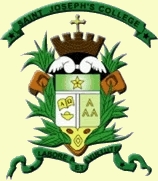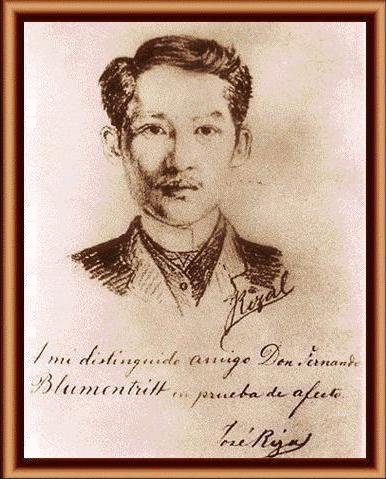The Philippine Revolution: The La Salle Connection
The Story of Arnaldo Frederico da SilvaClick on the SEARCH icon and enter his ID number (6138) to be taken to his personal page
[The following is an edited version of an article whose author and publication are obscure. It was written in 1997 in time for the Centennial of the Philippine Revolution. The article was transcribed by Jerome Da SilvaClick on the SEARCH icon and enter his ID number (45747) to be taken to his personal page, grand-nephew of Arnaldo F. da Silva Sr. Jerome acknowledges the diligence of Maricris Da Silva FaustinoClick on the SEARCH icon and enter his ID number (45872) to be taken to his personal page.
Last year marked the Centennial of the Philippine Revolution. Less dramatically, 1996 marked the 85th anniversary of De La Salle University. Concomitantly, the De La Salle Alumni Association celebrated its 80th anniversary.
The Philippine Panorama magazine of the Manila Bulletin of June 16, 1996 dedicated most of its copy to the 88th anniversary of the University of the Philippines. Naturally, the University's programs, presidents, faculty and alumni were well documented. Plans for the centennial were presented. UP lists its foundation day as June 18, 1908.
The younger generation may not know that De La Salle University opened its doors to students on June 6, 1911, just three years after UP was founded. UP, as the government-subsidized State University, has had, financially, a much easier time of growing and achieving.
Being a public institution, it was a ready choice for young Filipinos wanting an education. Naturally, some of the best minds I the country gravitated to UP. This, of course, resulted in its alumni making a mark in the various walks of life in the young and emerging Republic.
UP counts 150,798 living alumni. The number of DLSU alumni, in contrast, has just passed the 50,000-mark, with the bulk of them coming in the last 15 years. UP claims a high percentage of leaders in government and the professions. It doesn't make much sense to compare the products of the two institutions of higher learning. But suffice it to say that De La Salle has produced its fair share of leaders in government and the private sector.
Both Universities are preparing for their Centennial Anniversaries. Both are now reflecting on their past and preparing for their role in the country in the next century. Historical documents recount the accomplishments and relationships of UP alumni in national development. Perhaps, it is time that the role of the De La Salle University and its alumni in the development of the country be documented as well.
The first President of the De La Salle Alumni Association was Arnaldo F. da Silva, born a Portuguese. He was not a graduate of De La Salle College, as the University was known then, but an alumnus of St Joseph's College Hong Kong, a Christian Brother's school in Hong Kong. He came to Manila as a result of his close friendship with Dr. Jose Rizal, the Philippines' national hero.
Read an article about his involvement in the revolution in the Phillipines.
Da Silva became a naturalized Filipino citizen on March 28, 1921 while serving as an accountant and business consultant in the office of former President Sergio Osmeña Sr. After a life full of many accomplishments, he succumbed to cancer at the age of 56.
This is the story of Arnaldo F. da Silva, the first President of the De La Salle Alumni Association, a man, who if not a hero himself, certainly walked with heroes.
Click here to read some of the achievements of his architect son Carlos E. da SilvaClick on the SEARCH icon and enter his ID number (45656) to be taken to his personal page.


